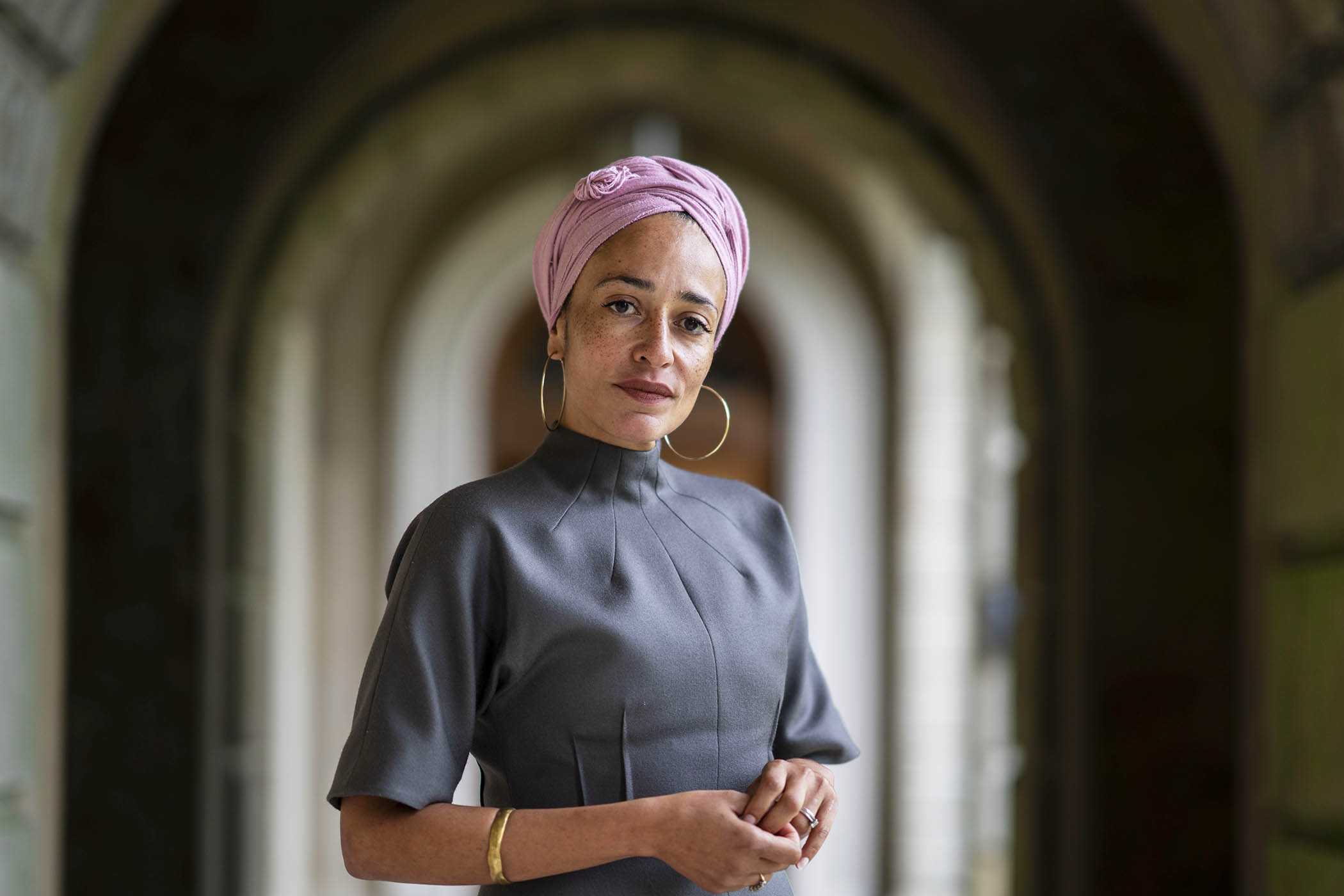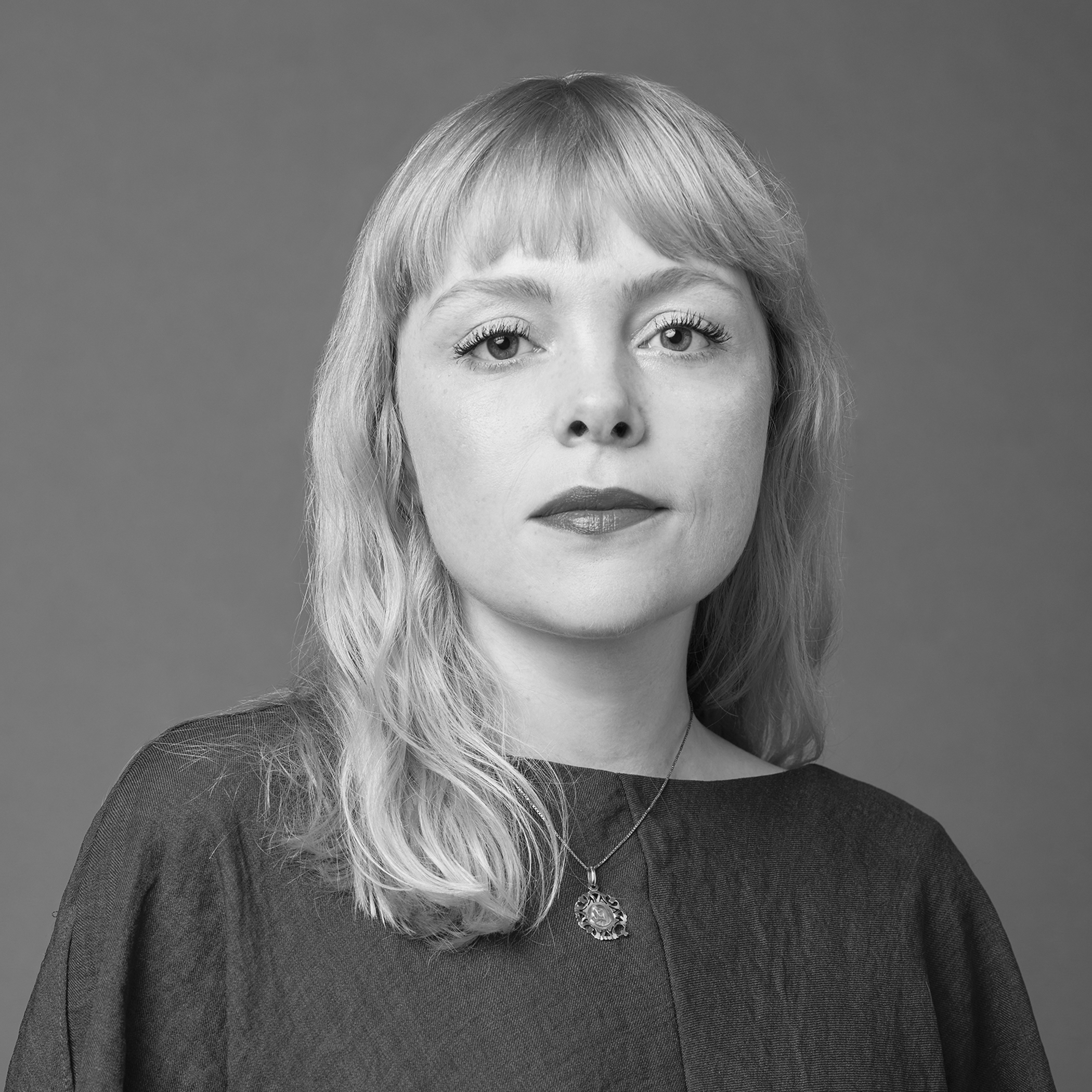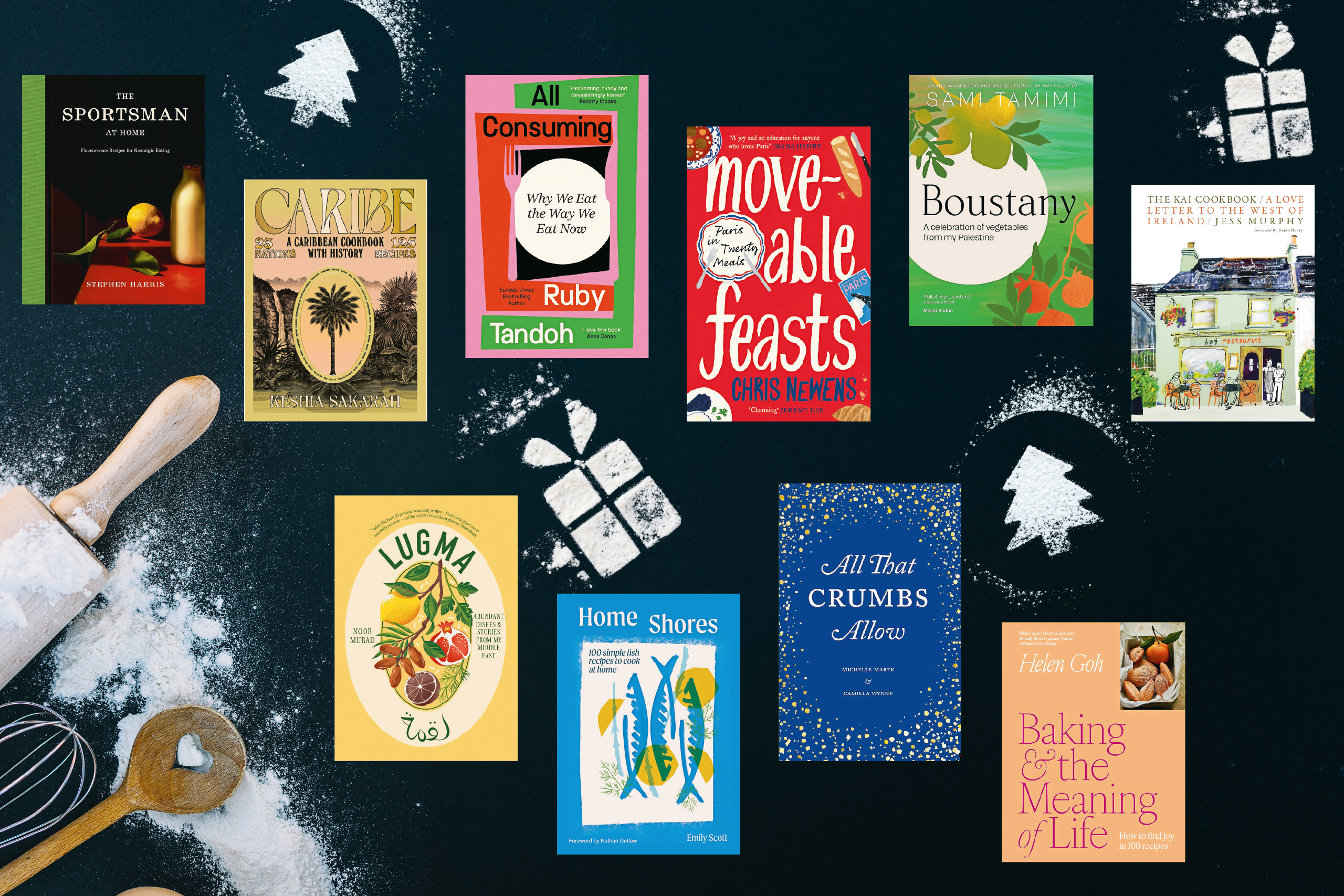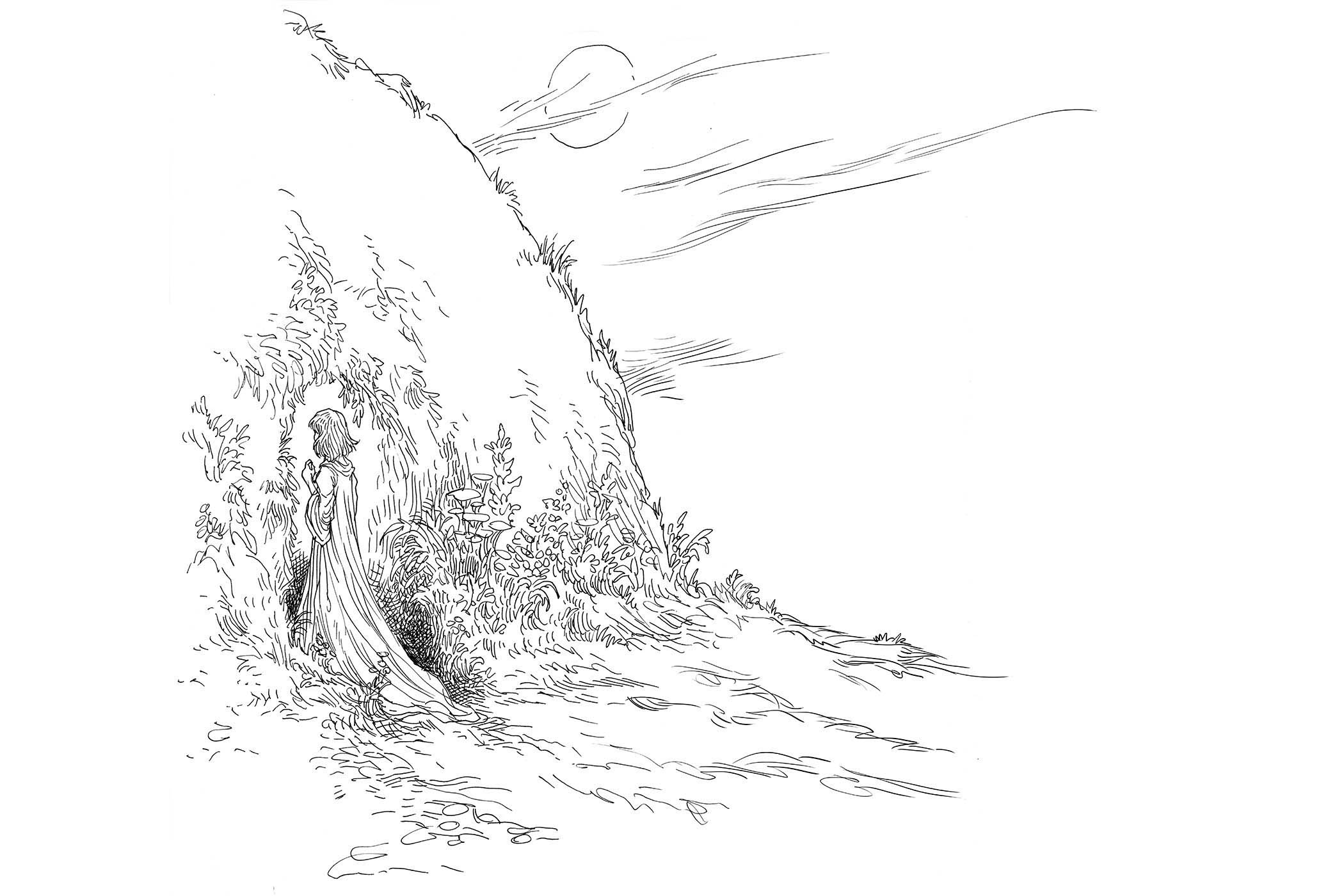“When you review an exhibition of paintings, you don’t compose a painting about it. When you review a film you don’t make a film about it... But when you review a prose-narrative, then you write a prose-narrative about that prose-narrative,” Martin Amis once said. He was pointing out a drawback of book reviewing – the inevitability of envy on the part of the reviewer – but we can choose to take it as an invitation, too. In two new essay collections by Zadie Smith and Anne Enright, some of the most thrilling moments arise when attention is focused on another writer.
Amis is one of the writers Zadie Smith eulogises in her new collection, Dead and Alive, comprising pieces – essays, speeches and an interview with a Spanish journalist – published over the past nine years, plus a dozen new ones. In a tribute Smith read out at Amis’s memorial in 2024, she describes him as “England’s Only Living Writer”, a phrase intended to capture the feeling she and her peers had in the 1980s: that he was the only truly vital novelist at work. Smith herself has now joined the elite tier of authors. (Recently, an editor and I were discussing which writers were most likely to be recognised on the street. Karl Ove Knausgaard, we thought, and Zadie Smith – Jonathan Franzen excluded only by virtue of the fact that he has such a “some guy” face.) If Smith’s status is occasionally a little distracting in these essays – it is difficult to pull off a self-deprecating tone when describing the youthful gaucheness of offering a Paris Review interview to Hilary Mantel over lunch, as Smith did in 2006 – it’s also clearly well warranted. She is, often, a vivid and rigorous thinker, her best pieces here radiant with curiosity, and a serious but not self-serious grappling with the terror and anxiety of modern life.
I like her best of all on visual art. There is a capacious energy in the subject matter that suits Smith and moves her away from the didactic and pat conclusions she is occasionally led to elsewhere. Her opening essay is a mischievous journey through a Parisian exhibit of 18th-century Dutch found items, in which she pokes fun at the institute’s pearl-clutching eagerness to acknowledge eurocentrism and colonial history. An essay about Celia Paul reveals the artist and her book Self/Portrait to be ideal fodder for Smith’s resistance to moral scolding and sanctimony. Paul was an 18-year-old student when she met 55-year-old Lucien Freud, beginning a romantic relationship that produced a child, and an artistic one in which she sat as his subject for many years. Paul herself is both clear-eyed and ambivalent about the dynamic, volunteering without hesitation the disgust she felt upon Freud first kissing her, but remaining firm in her own agency, too. Paul’s position as a muse was one she was both frustrated by and sad to abandon.
Where Smith’s essays tend to be polished and refined, Enright’s seem less final
Smith’s essay on the film Tár – in which Cate Blanchett plays a predatory conductor – is another standout, allowing her to explore the tragicomic situation of an ageing icon whose relevance is waning and then plunge into a more pressing question: “Tár is now speaking to a different generation. The generation that says things like I’m not really into Bach. Such statements are calculated to bring out the hysteric in a middle-aged Cultural Luminary, and Tár immediately takes the bait, launching into an aggressive defence laced with high-handed pity (for the young man who dares say it) and a more generalised contempt for his cohort.”
Smith herself experienced a moderate version of this changing of the guard when her essay on the Columbia protests against the genocide in Gaza was published in the New Yorker in 2024 under the headline “Shibboleth”. Seeking to explore the power and danger of language and rhetoric when it comes to Israel-Palestine, Smith was accused of being overly equivocal and critical of pro-Palestinian students at a time when they were being unduly punished for their protests. Critiquing their alleged dismissal of the idea that Jewish students may feel threatened by the protests, she writes:
“For it may well be – within the ethical zone of interest that is a campus, which was not so long ago defined as a safe space, delineated by the boundary of a generation’s ethical ideas – it may well be that a Jewish student walking past the tents, who finds herself referred to as a Zionist, and then is warned to keep her distance, is, in that moment, the weakest participant in the zone.”
In Smith’s defence, her piece preceded the even darker turn taken with the arrest and threatened deportation of Mahmoud Khalil, but even so it is a strange and wobbly bit of logic from a thinker so usually elegant and robust. That a Jewish student might perceive herself as the weakest party in the situation described does not in fact make her the weakest party, not unless she is vulnerable to the concrete threat that immigrant students in particular found themselves under as a result of peaceful protest.
At the risk of sounding like I am appealing to a female writer to be more confessional (I promise I am not), some of the moments that best elucidate Smith’s attractively mercurial view of the world are those that show us a little of her person. A very funny account of a teenage accident in which she fell 40 feet out of a window asks whether her ambient, superficial adolescent suicidal ideation had led to the fall, or whether it was mere happenstance, and then incredulously reflects on the fact that her doctor told her it was her “big bum” that had protected her from further injury.
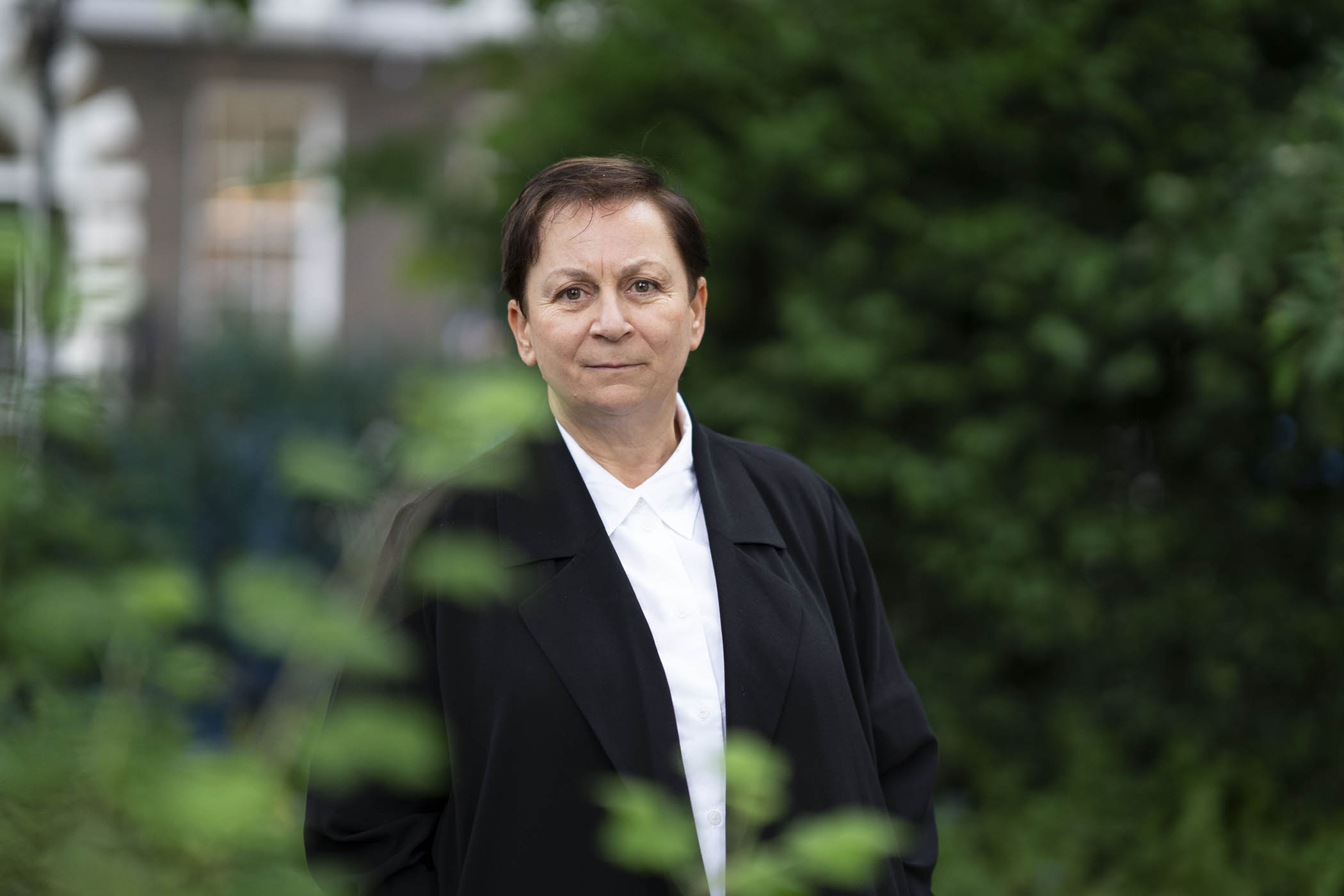
Anne Enright’s collection Attention arrived at a fortuitous time for me. Somebody had recently told me that in the final reckoning what we chose to pay attention to will have been our lives – spooked by the idea, I proceeded to download heavy-duty technology to keep me locked out of my phone 22 hours a day. What a pleasure this book is; I hardly missed the algorithm’s constant bombardment of encroaching fascism and tips for protein-maxxing at all. I have admired Enright’s writing for a long time, but it struck me that she is one of the best essayists alive, as well as one of the best novelists, and ought to get more recognition for the former. Some of these pieces are previously published in the LRB and the NYRB, like her stunning piece essay on the Irish writer John McGahern and his experience of abandoning a child, which informed his 1979 novel The Pornographer.
She rightly calls attention to the hypocrisy of literary critics and scholars who deny that such autobiographical resonance is worthy of note (female writers are not afforded the equivalent reluctance). An academic writes to Enright to explain that it was widely known that McGahern had a son, but very few commentators mention it as the child is deemed to have nothing to do with the work.
“I wanted to reply,” Enright writes, “that McGahern had published a whole book on the subject, but the flatness of his assertion began to interest me almost as much as the writing it blanked out.”
Here, as in several other of the essays, particularly the piece on Edna O’Brien, Enright is wonderful at bringing to life the strange Irish confluence of abundance of spirit and censorious stinginess. In her generous and even-tempered handling of the abortion referendum of 2018 – a subject it is extremely difficult to avoid being rigid about – Enright achieves something rare by avoiding polemic while maintaining a position of integrity and substance.
It’s hard to reflect on the horrors of the Catholic church, as in her essay on the Tuam mass burial site, without becoming almost baroque, but this grotesquery, too, she turns over in her agile mind with precise care. The Tuam scandal began in 1993, when the Sisters of Our Lady of Charity of Refuge sold some of their land to a developer. As part of the deal, Enright explains, they exhumed a mass grave on the site that was discovered to contain the bodies of 133 women who worked until their deaths in the Magdalene laundry of High Park, which closed in 1991. “The living can be disbelieved, dismissed, but the dead do not lie. We turn in death from witness to evidence, and this evidence is indelible, because it is mute.”
There is something about Irishness in literature that often suggests either Angela’s Ashes-style misery porn on one hand or the misty-eyed whitewashing of reality on the other. Rarely in books do I feel a sense of Ireland as I know it – but reading Enright is all but almost guaranteed to make me homesick, no matter what the subject is. This is partly because her writing has the quality of speech. Where Zadie Smith’s essays tend to be brightly polished and refined, Enright’s seem less final. And while Smith offers beautifully executed thoughts for us to admire, reading Enright feels more like thinking along with her. Both demand – and reward – our attention.
Order Dead and Alive for £18.70 and Attention for £17 at observershop.co.uk. Delivery charges may apply.
Photographs by David Levenson/Getty Images
